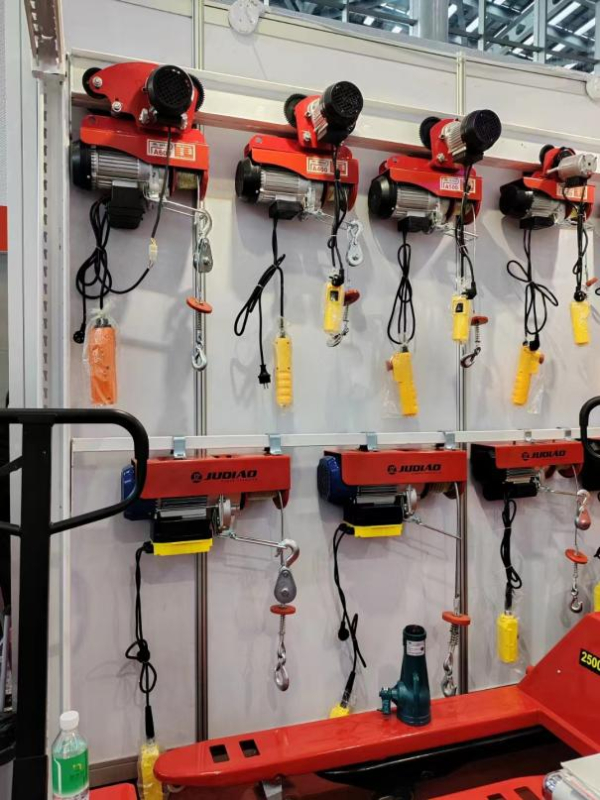


Understanding Manual Chain Hoists A Comprehensive Overview
Manual chain hoists are essential tools utilized across various industries for lifting heavy loads safely and efficiently. These devices have become popular in construction sites, warehouses, factories, and even in home workshops, thanks to their simplicity, effectiveness, and affordability. This article delves into the workings, applications, advantages, and maintenance of manual chain hoists.
What is a Manual Chain Hoist?
A manual chain hoist, also known as a hand chain hoist, is a mechanical lifting device that uses a chain, a pulley system, and manual effort to lift and lower heavy objects. The hoist typically consists of a hook at the top for mounting, a hand chain for operation, a lifting chain that attaches to the load, and a gearbox that converts the manual pull of the hand chain into a lifting action.
How Does It Work?
The principles behind a manual chain hoist are relatively straightforward. When the user pulls the hand chain, it engages the gears within the hoist, which in turn moves the lifting chain. As the lifting chain ascends, it raises the attached load. To lower the load, the operator simply needs to guide the hand chain in the opposite direction. The design of the hoist allows for considerable mechanical advantage, enabling users to lift much heavier weights than they could pull by hand alone.
Applications of Manual Chain Hoists
Manual chain hoists are incredibly versatile and can be used in various applications
. Common uses include1. Construction Hoisting materials such as beams, stones, or machinery. 2. Warehousing Lifting heavy items to shelves or storage areas. 3. Manufacturing Moving parts during assembly processes. 4. Maintenance Used in repairs and maintenance for lifting engines, motors, or other heavy equipment. 5. Theater and Entertainment Adjusting the height of stage props and lighting rigs.

Advantages of Manual Chain Hoists
The popularity of manual chain hoists is not coincidental; they offer several advantages
- Cost-Effective Compared to electric hoists, manual chain hoists are less expensive and require no electrical power, making them an economical choice for many operations. - Simplicity They are easy to use and operate, requiring minimal training for users. - Portability Most manual chain hoists are lightweight and easy to move from one location to another. - Reliability With fewer mechanical parts than powered hoists, they are less prone to mechanical failure and require less maintenance. - Versatility They can be used in situations where power sources are unavailable, making them suitable for remote job sites.
Maintenance of Manual Chain Hoists
To ensure the longevity and safe operation of manual chain hoists, regular maintenance is crucial. Here are some essential maintenance tips
- Regular Inspection Check for any signs of wear and tear, including cracks in the housing, wear on the chains, or damage to the hooks. - Lubrication Apply appropriate lubricants to the moving parts as recommended by the manufacturer to prevent rust and ensure smooth operation. - Cleaning Keep the hoist and chains free from dirt, grease, and debris, which can interfere with its functionality. - Proper Storage Store the hoist in a dry area to prevent corrosion and damage.
Conclusion
Manual chain hoists are invaluable tools in various sectors, offering a combination of efficiency, affordability, and ease of use. By understanding their workings, applications, and maintenance needs, users can maximize their benefits while ensuring safety and reliability in lifting operations. Whether in a commercial setting or for personal use, mastering the manual chain hoist can significantly enhance productivity.



